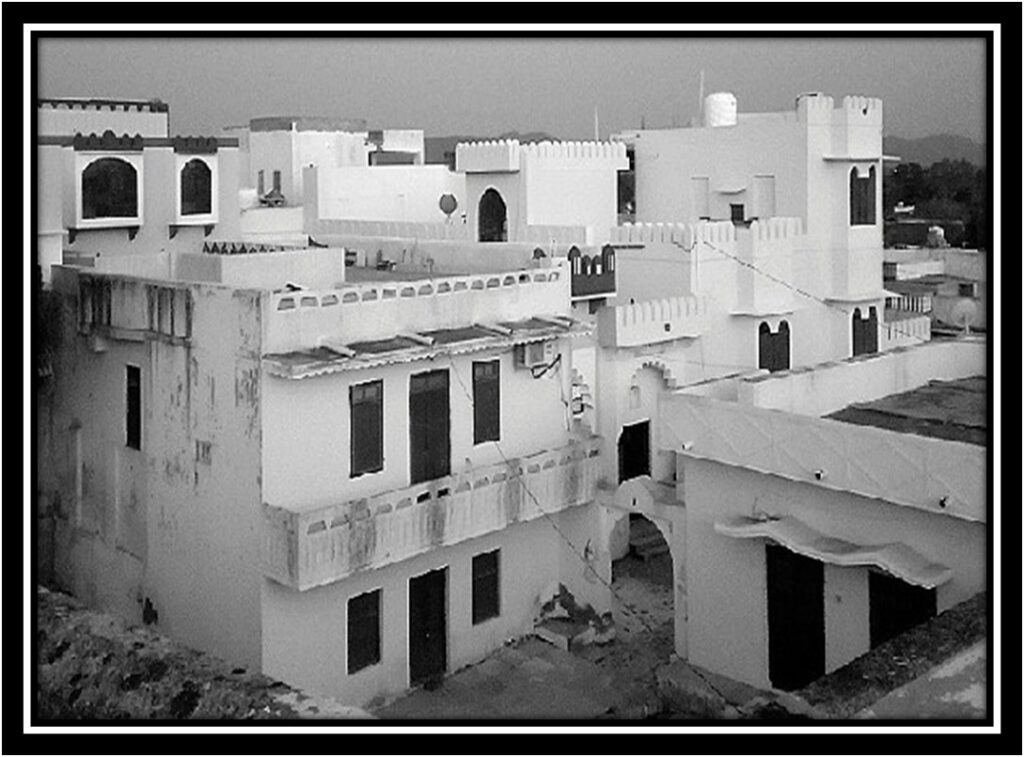Malsa Baori Rawla: A Forgotten Gem of Rajasthan’s Heritage

Introduction
Rajasthan, the land of kings, is home to numerous architectural wonders, including palaces, forts, temples, and stepwells. Among these, Malsa Baori Rawla stands as a testament to the region’s rich heritage and engineering prowess. This magnificent structure, though lesser-known, holds immense historical and cultural significance. Serving as both a stepwell (Baori) and a noble residence (Rawla), it embodies the artistic and functional aspects of Rajput architecture.
This article explores the history, architecture, cultural importance, and present condition of Malsa Baori Rawla, shedding light on its hidden legacy.
Historical Background
Malsa Baori Rawla traces its origins back to the medieval Rajput era, when rulers and nobles commissioned stepwells to ensure water conservation and supply for their people. These structures were not only vital for water management but also served as places of social gatherings, religious rituals, and respite from the scorching heat of Rajasthan.
The Baori (stepwell) was meticulously designed to provide year-round access to water, while the Rawla (mansion or noble house) functioned as a residence for Rajput aristocrats. The rulers of the region took great pride in constructing such architectural marvels, showcasing their devotion to both utility and grandeur.
Malsa Baori Rawla was likely built under the patronage of a Rajput noble family, signifying their commitment to public welfare and architectural excellence. Over the centuries, the site witnessed the rise and fall of dynasties, the transition from princely rule to British colonial influence, and the eventual integration of Rajasthan into independent India.
Architectural Brilliance
Malsa Baori Rawla is a stunning example of Rajput water conservation architecture, blending utility with aesthetic elegance. Its design reflects the fusion of Rajput and Mughal architectural styles, characterized by intricate carvings, arched entrances, and geometric precision.
1. Stepwell (Baori) Design
- The stepwell features multiple levels of descending steps, ensuring accessibility to water even during dry seasons.
- The symmetrical layout of the Baori highlights the ingenuity of Rajput engineers, who mastered the art of water conservation.
- The intricate stone carvings on the walls depict mythological themes, floral patterns, and historical inscriptions, showcasing the artisans’ craftsmanship.
2. Rawla (Noble Mansion)
- The Rawla, built adjacent to the stepwell, exhibits traditional Rajput-style courtyards, balconies, and ornamental pillars.
- The mansion’s grand entrance gateway reflects the prestige of the noble family that once resided there.
- The frescoes and murals inside the Rawla depict tales of Rajput valor, royal processions, and religious motifs.
The architectural integrity of Malsa Baori Rawla stands as a tribute to the advanced knowledge and skills possessed by the craftsmen of that era.
Cultural and Social Importance
Malsa Baori Rawla was not just an architectural wonder but also a center of community life. Over the years, it played a vital role in the daily lives of local residents, acting as:
- A water reservoir during periods of drought, ensuring the survival of the local population and livestock.
- A social hub, where villagers gathered for discussions, trade, and cultural activities.
- A pilgrimage site, as many stepwells in Rajasthan were considered sacred, with temples and shrines often built within their premises.
- A refuge for travelers and traders, providing shelter and respite on long journeys across the arid landscape.
The significance of Malsa Baori Rawla extended beyond its functional role, embodying the spirit of Rajput hospitality, resilience, and devotion to community welfare.
Current Condition and Preservation Efforts
Like many historical sites in Rajasthan, Malsa Baori Rawla has faced the ravages of time and neglect. Several factors have contributed to its gradual deterioration:
- Environmental degradation, including erosion and sedimentation, has weakened the structure’s foundation.
- Urbanization and encroachment have led to the misuse of the site, diminishing its historical essence.
- Lack of government** initiatives and funding** has resulted in minimal restoration efforts,ving parts of the structure in a dilapidated state.
Despite these challenges, heritage enthusiasts and local communities have begun advocating for the conservation and restoration of Malsa Baori Rawla. Several steps have been proposed to revitalize the site, including:
- Government intervention to declare it a protected heritage monument.
- Structural restoration projects to preserve its architectural integrity.
- Tourism development programs to attract visitors and generate revenue for maintenance.
- Community awareness initiatives to involve locals in heritage preservation efforts.
Tourism Potential and Future Prospects
Malsa Baori Rawla holds immense potential to become a heritage tourism hotspot. With proper restoration and promotion, it can:
- Attract history enthusiasts and heritage tourists, offering them a glimpse into Rajasthan’s regal past.
- Boost local economy by creating employment opportunities in tourism and hospitality.
- Encourage academic research and documentation, providing valuable insights into Rajput-era architecture and water conservation techniques.
- Serve as an educational site, teaching future generations about India’s rich cultural heritage and sustainable water management practices.
By integrating Malsa Baori Rawla into Rajasthan’s heritage tourism circuit, authorities can ensure its long-term preservation while enhancing its historical significance.
Conclusion
Malsa Baori Rawla stands as a hidden jewel of Rajasthan, embodying the grandeur of Rajput architecture and the ingenuity of traditional water conservation methods. Although time has taken its toll, the site’s historical and cultural importance remains undeniable.
With proper conservation efforts and increased public awareness, Malsa Baori Rawla can reclaim its former glory as a symbol of Rajasthan’s enduring heritage. Its unique blend of functionality, artistry, and historical value makes it a site worthy of recognition and preservation.
As we move forward, let us cherish and safeguard such architectural masterpieces, ensuring that future generations can witness and appreciate the legacy of India’s past.





